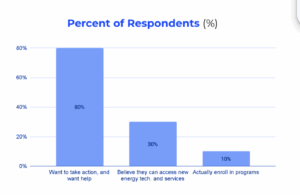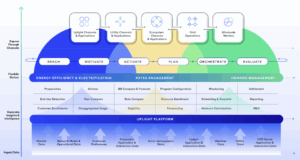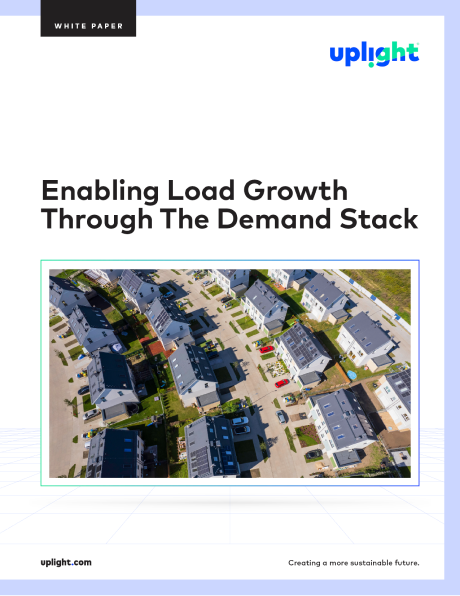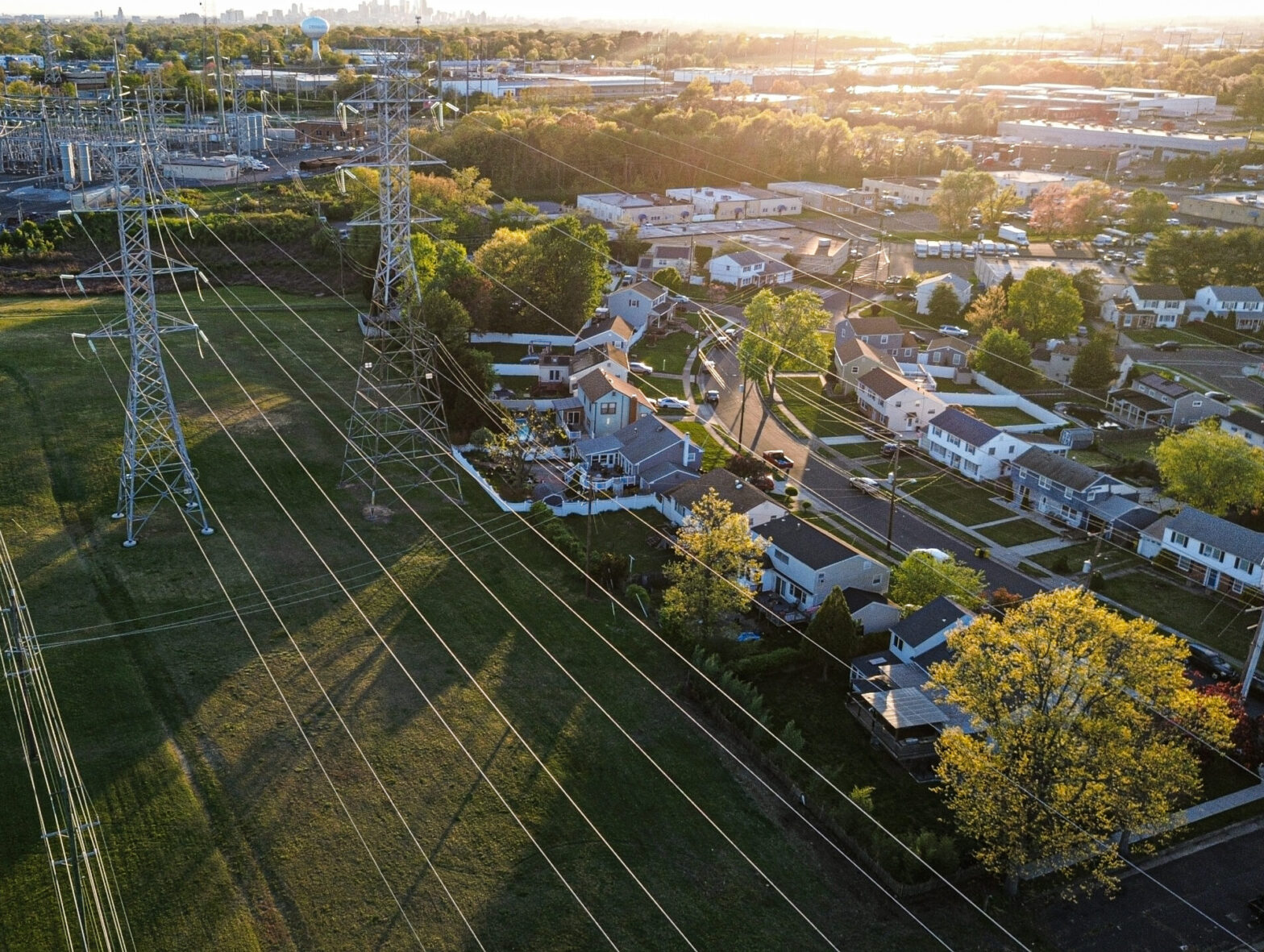Electricity demand is on the rise across the nation, bringing new challenges for utility companies who have experienced relatively stable demand for over two decades. According to the DOE, the US will need approximately 200GW in additional resources—approximately a quarter of the current total peak grid needs—to meet peak demand needs in 2030.
By leveraging a Demand Stack approach, customer participation in demand-side programs like energy efficiency, rates, and demand response can come together to meet system-level grid resource needs reliably and affordably.
Meeting peak demand needs through customer-centric, demand-side approaches has two key benefits over building out conventional generation, transmission, and distribution resources:
- It’s cheaper. Meeting 80-160GW of these peak demand needs with demand-side resources instead of conventional resources could save customers $10B in annual grid costs.
- It’s faster. Demand-side resources like VPPs can be built quickly, with the only barrier being how fast we can enroll customers. Compare this timeline against the 5 years it now takes to connect new conventional generation resources.
To truly unlock the Demand Stack, we need mass customer participation from households and businesses on a scale not seen today.
Unlocking Demand-Side Potential Demand High Participation
Demand-side programs already play a critical role in maintaining an affordable, reliable electricity system across the country. In total, utility energy efficiency and demand response initiatives result in over 270 TWh of energy savings (6% of total consumption) and 35 GW of capacity (approximately 5% of US system peak demand). Additionally, over 18 million customers are enrolled in TVR, delivering beneficial load shifting and cost savings.

But it’s only a small fraction of the potential demand-side programs hold. In a survey of energy consumers, 80% said they want to take action yet only 10% actually enroll.
So, how can we build mass-market products that actually close this gap?Utilities, implementers, and software providers have been chipping away at this problem for years, but as an industry we haven’t yet cracked the code. Participation can be more involved than simply signing up for something. For rates, customers need to shift energy usage to other hours. For DR, customers may need to adapt to slight temp shifts during events.
Uplight’s key charge: let’s focus on making it so easy and obvious that they can’t ignore it. Here are three steps to using personalization as power to unlock action:
1. Embrace the power of customer data
Why is it that energy experiences are falling short of modern digital customer experiences in terms of personalization? One reason is that leading digital CX providers like ecommerce companies, streaming platforms, and popular applications have embraced the power of data to provide an experience customized to each user’s preferences. The Uplight Data Platform leverages energy customer data to create the same type of tailored experience.

Our Data Platform starts with a comprehensive view of the customer, combining:
- Utility data, including energy data and account information
- Device data, including purchase and participation history
- Socio-demographic data, enriched with third-party information to get the most accurate picture
- Application interactions, including user behavior through energy management tools
- Ecosystem data, including engagement in partner experiences where applicable
2. True personalization stems from drawing insights from this data
After cleaning and unifying these data, we then apply advanced machine learning & artificial intelligence (AI) techniques to create personalized energy insights about each individual household or business. These insights include things like:
- Detection: Does the household have an EV? An electric heat pump?
- Propensities: Is the customer likely to purchase a smart thermostat? Participate in a weatherization program? Select the right rate?
- Disaggregation: What exactly is driving the customer’s bill? What are the largest areas of usage they can start to reduce or change right away?
- Actions: What is the top action a customer can take to optimize their energy cost and usage, based on their unique energy fingerprint?
- Bill Compare: Has the customer’s bill gone up or down compared to previous bills? What might be driving that trend?
3. Right message, right customer, right time
You have a 360 degree view of the customer, and you’ve pulled out the most relevant, salient piece. All that’s left is actually getting the customer to act. Easy right? Researcher BJ Fogg has a model for what changes human behavior, “Behavior happens when Motivation, Ability, and a Prompt come together at the same time. When a behavior does not occur, at least one of those three elements is missing.” Let’s break it down in the context of the modern energy consumer:
- Motivation – why should they care? We pair personalized insights with customer-friendly, motivating language that we’ve message-tested with real customers. For instance, when describing the move to a time-varying rate, we lead with cost (you can save $79 per year) but provide supporting message about environmental benefits based on what we’ve learned from real users.
- Ability – can they do it? Without personalized insights, you might recommend a first step in the journey that a customer can’t even accomplish. For instance, if you are already enrolled in a behavioral demand response, you might not be eligible to participate in a thermostat program. Yet we hear about irrelevant program offers like this surfaced to customers all the time, regardless of their ability to participate.
- Prompt – when motivated & able, what triggers them to actually convert? Uplight insights are surfaced in a wide range of channels spanning Uplight, utility, and ecosystem partner experiences. It’s critical to think about who you are trying to reach, in what channel, and with what message.
We’ve learned from user research that some segments respond better to different targeting approaches than others. For instance, weekly digital updates work well for low-to-moderate income customers in building agency over utility costs and helping saving energy. Alternatively, small-to-medium businesses often need direct outreach from utility staff that are armed with personalized energy insights.
Combining rich customer data and analytics with a strong emphasis on user research and testing creates the conditions to make it truly simple, and ultimately mass-market, to participate in the clean energy programs and offerings that we know customers want to support.





